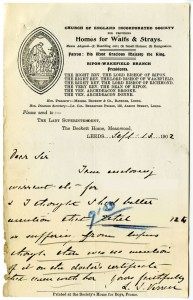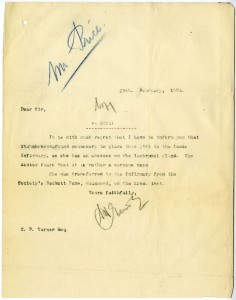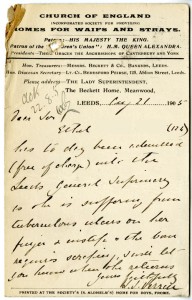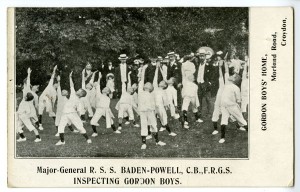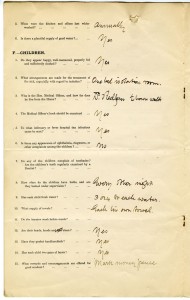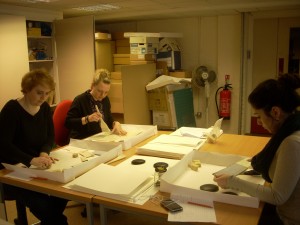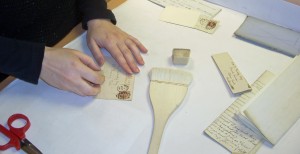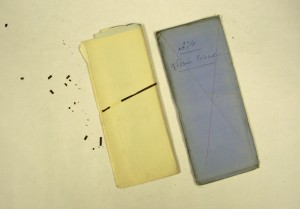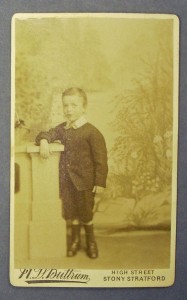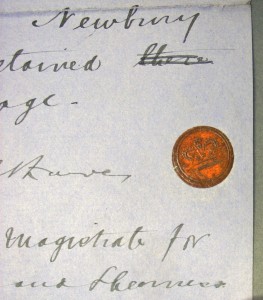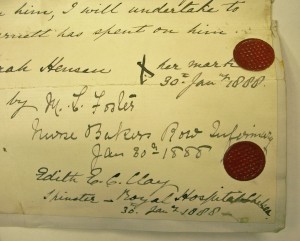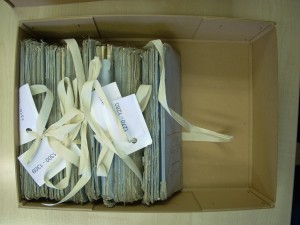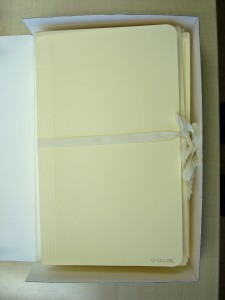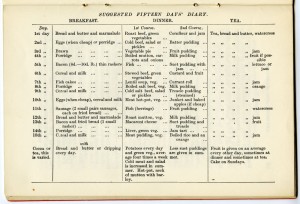In 1902, an 11 year-old girl called Ethel entered the care of The Children’s Society (then known as the Waifs and Strays Society). Ethel and her mother were homeless; they were found by police in West London and taken to a police court, where Ethel was placed in the Waifs and Strays Society’s Beckett Home in Meanwood, Leeds.
When Ethel arrived at the Beckett Home, it was discovered that she was suffering from lupus.
Dear Sir
I am enclosing
warrant etc for [another child]
& I thought I had better
mention that Ethel [surname] 124
is suffering from lupus
though there was no mention
of it on the doctor’s certificate
that came with her
yours faithfully
L. J. Verren
Lupus is an autoimmune disease, where a person’s immune system can start to attack other parts of the body. Symptoms are wide ranging and can be either mild or severe.
Ethel was given case number 9103, and in her case file, there is a lot of correspondence relating to her health and her numerous stays in hospital.
Dear Sir,
Ethel [middle name and surname] (124)
has today been admitted
(free of charge) into the
Leeds General Infirmary
as she is suffering from
tuberculous ulcers on her
finger & instep & the bone
requires scraping. I will let
you know when she returns
yours faithfully
L. J. Verren
As you can see, Ethel was also suffering from tuberculosis, although it is not known if this was related to her lupus.
Ethel’s health improved and by 1906, when she was almost 16 years-old, it was thought that she would be able to do ‘light’ work. A suitable job was found for her and she started working in domestic service in Halifax.
Unfortunately, Ethel was not in work for long. It appears that her health declined, making the work very hard for her. In 1908, aged 17, Ethel left the job and went to the Waifs and Strays Society’s Nayworth Cottage Home in Hurstpierpoint, Sussex.
Nayworth Cottage Home was a convalescent home and it was thought that Ethel would be able to regain strength there. However, the medical officer at the home declared that Ethel’s tuberculosis meant she wasn’t suited to a home with other children.
Unable to stay in children’s homes any longer, Ethel went to live with her grandparents and her aunt in London, with the Waifs and Strays Society providing the family with money for Ethel’s medical treatment. The last we hear from her, she is in hospital in Paddington, London.
Ethel’s story is an interesting one. The Waifs and Strays Society tried their best to help her but the correspondence in her file suggests that they struggled with her medical care, especially as they had little experience of looking after children with lupus. Ethel’s experiences were probably not uncommon for the time. As lupus is such a complicated disease, it would be very interesting to compare Ethel’s story with the experiences of people with lupus today to see how medical care for the disease has changed in the intervening years.
Further information about Ethel’s story is detailed in her case file (number 9103).

